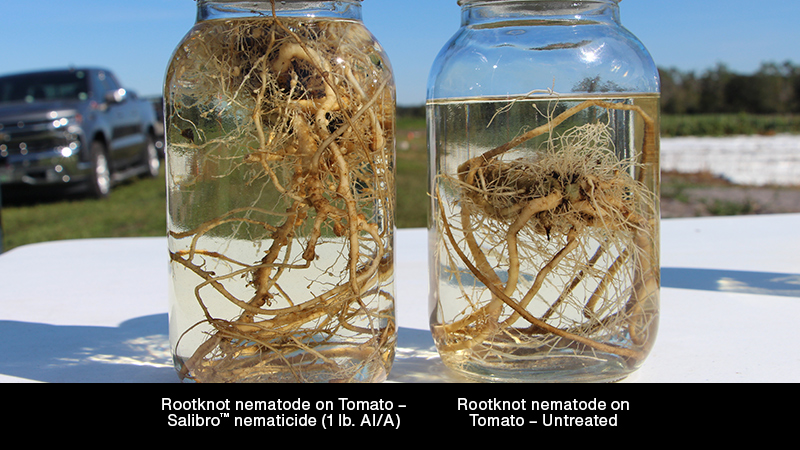The Dawn of Food Safety is Upon Us [Opinion]
One of the first things I worked on as an editor for American Fruit Grower® and Western Fruit Grower® was a piece on the Food Safety Modernization Act (FSMA). That’s right. The newest editor on the block got to work a piece about making sense of the complicated overhaul of the national food safety program.
And it’s no less complicated now that it’s finally being implemented. Although FSMA was passed in January 2011, there are still many uncertainties. Terms like “broad” or “sweeping” were used to describe the piece of legislation.
One thing I quickly learned is many of those tasked with enforcing the new rules had a difficult time nailing down exactly how they should work. Wording was vague and interpreting the rules could go many different ways.
For example, I struggled to understand why apples, peaches, etc., were considered the same as cantaloupe or cucumbers. Many growers still do.
But as the first of the FSMA Produce Safety Rule enforcement deadlines has come and gone—Jan. 28 for large farms with more than $500,000 in revenue — it’s a good time to start looking ahead to the future of enforcement.
While there’s still a lot to be seen as how enforcement is handled, there are a lot of bright minds interpreting how these rules and regulations will be applied.
Jim Gorny recently left the Produce Marketing Association to return to the FDA, where he’s going to work with experts to help implement the science and risk-based requirements of FSMA. It’s a good sign that implementation may come with some understanding of the inherent risks of farming. He recently spoke3 about his new role and how his experience will be beneficial.
“I saw first-hand how hard people are working in the produce industry to understand the new requirements and be prepared to meet them. We’re all in this together,” he says. “FDA has created a good framework to implement the Produce Safety Rule. Has every question about how it should work in practice been answered yet? No. Part of the challenge for FDA is that there’s no one-size-fits-all when it comes to produce safety, and applying a flexible approach to implementation takes time.”
Gorny says the priority of the FDA is to release guidance documents to provide clarity for growers who are preparing for compliance. He also says it’s important for the FDA to ensure imported produce will meet the same stringent requirements that domestic produce will.
Apples were in the news not too long ago for possible listeria contamination, and a bright spot in all of this is most of you have a food safety plan. And, apples did not remain in the news as a food safety risk, in part due to transparency of the packer and quick action.
And with more FSMA enforcement dates on the horizon, now is a good time to participate in On-Farm Readiness Reviews to make sure your practices are in compliance. It’s also a good time to check in with organizations to see how you can help bring your voice to the table on implementation. Last fall the FDA sought input on the agriculture water components of FSMA, and many organizations offered suggestions of constructive comments to help these rule makers understand the nuances of farming.
Food safety isn’t going anywhere, so it’s time to get prepared.










